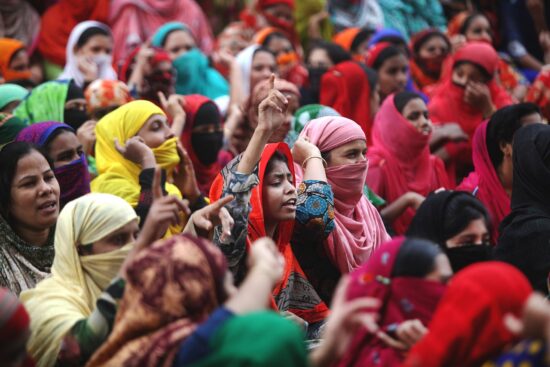Gender Inequality and Antibiotic Consumption: Analysis of Pharmaceutical Sales Data from 70 Countries, 2000-2022
A study analyzing yearly antibiotic consumption from 70 countries found that gender inequalities significantly influence antibiotic use. Factors such as education, labor force participation, income, and political representation also mediate gender differences in the risk of antimicrobial resistance (AMR). The study found that an increase in female education, female-to-male labor force participation ratio, and female population was associated with lower antibiotic consumption. However, women’s parliamentary representation showed no significant association with antibiotic consumption. The study suggests a community-based approach to tackling AMR, specifically investing in gender-responsive strategies.
AMR NEWS
Your Biweekly Source for Global AMR Insights!
Stay informed with the essential newsletter that brings together all the latest One Health news on antimicrobial resistance. Delivered straight to your inbox every two weeks, AMR NEWS provides a curated selection of international insights, key publications, and the latest updates in the fight against AMR.
Don’t miss out on staying ahead in the global AMR movement—subscribe now!






